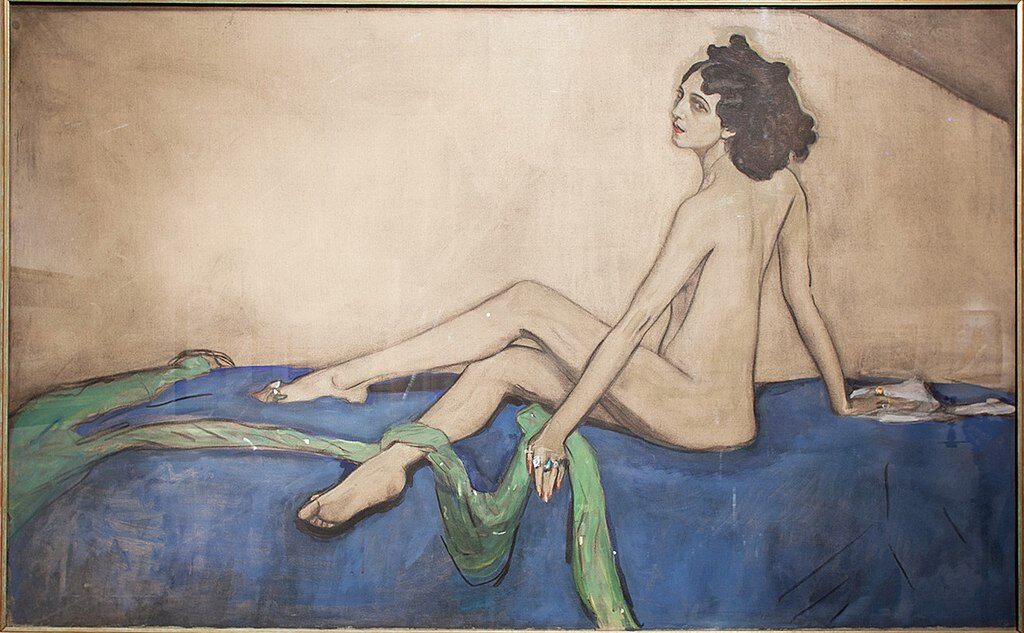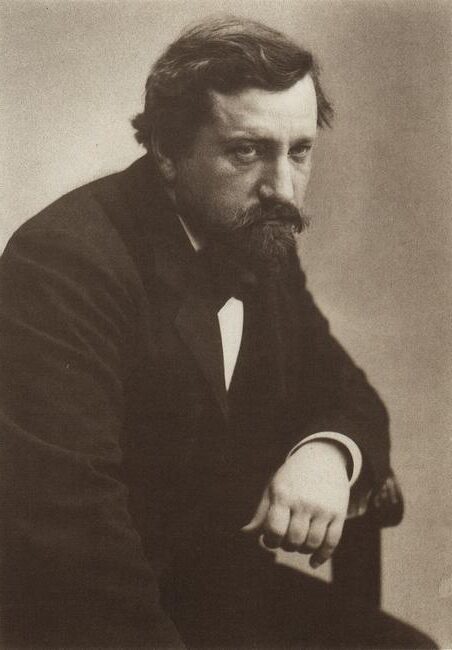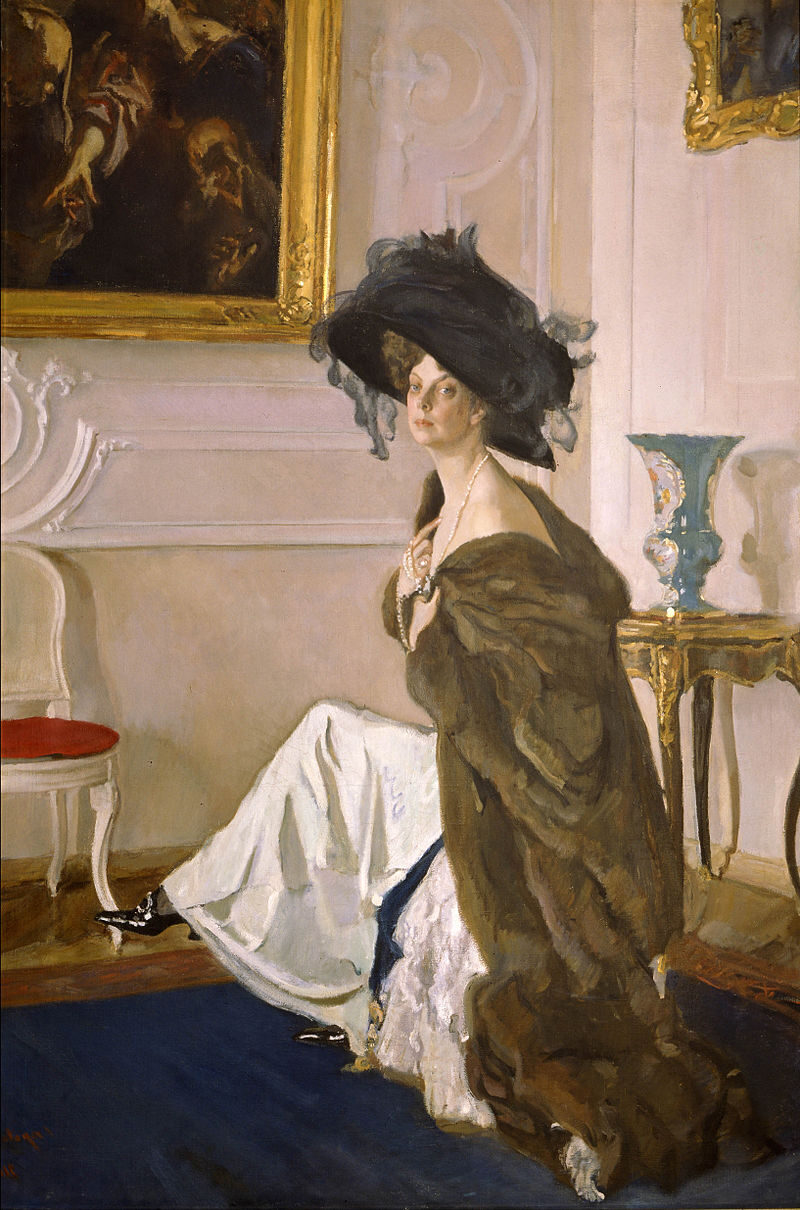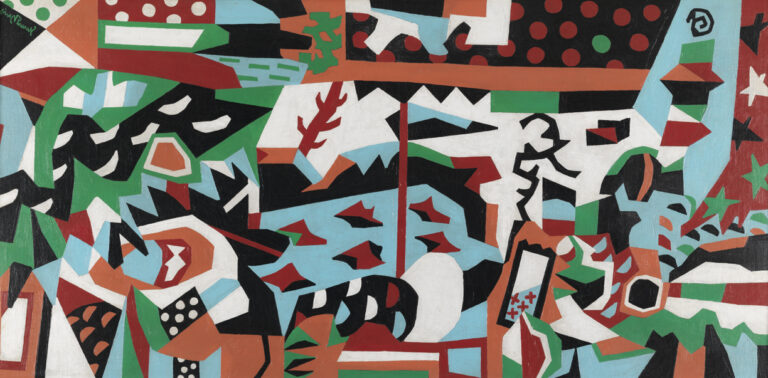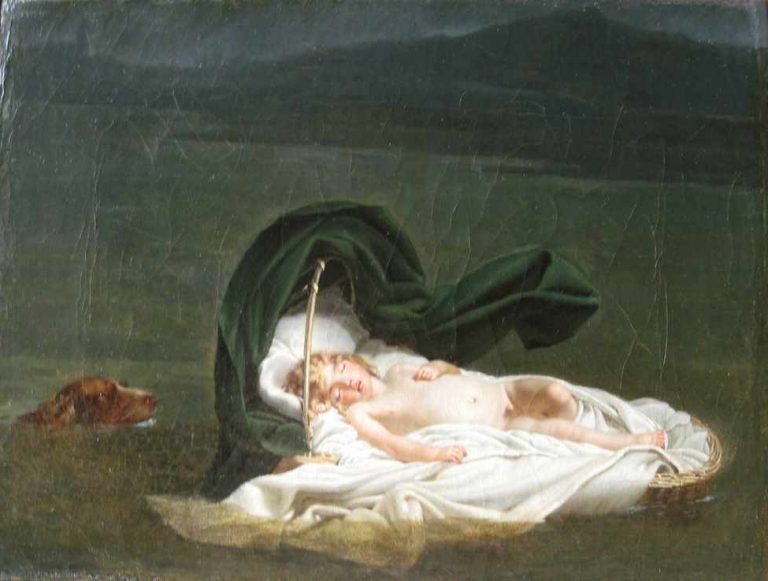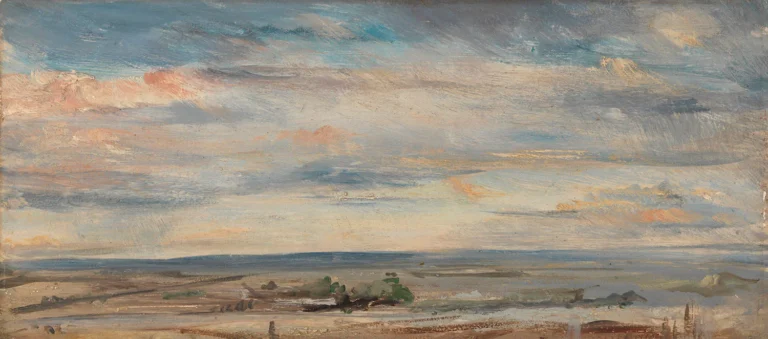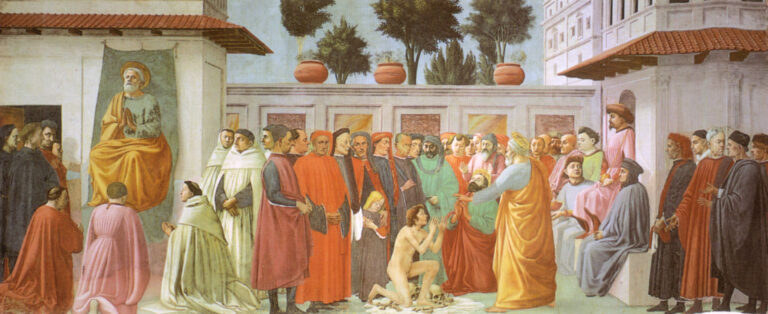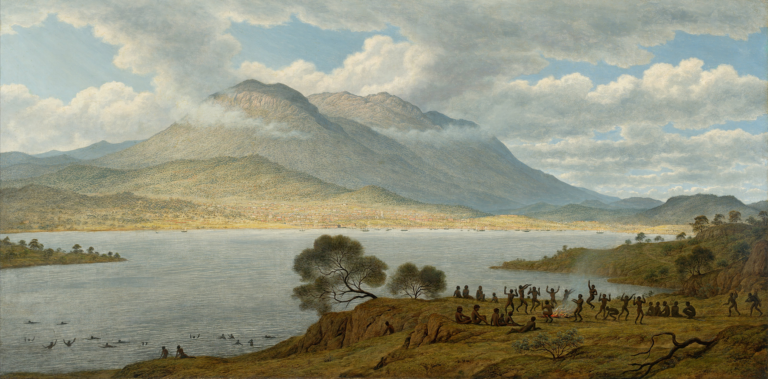Valentin Serov, Painter Who Revolutionized Russian Portraiture in the Late 19th Century
Born: 19 January 1865, Saint Petersburg, Russian Empire
Death: 5 December 1911, Moscow, Russia
Art Movement: Peredvizhniki, Impressionism, Mir iskusstva
Nationalité : Russe
Teachers: Ilya Repin and Pavel Chistyakov
Institution: St. Petersburg Academy of Arts
Valentin Serov, Painter Who Revolutionized Russian Portraiture in the Late 19th Century
Aperçu biographique
Valentin Aleksandrovich Serov (1865-1911) emerged as one of Russia’s most artistes influents during a crucial transitional period in the country’s artistic development. His life and career spanned significant cultural and political changes that shaped both his personal artistic evolution and Russian art more broadly.
Petite enfance et éducation
Born on January 19, 1865, in Moscow, Serov came from an artistic family. His father, Alexander Serov, was a renowned composer, while his mother had Jewish heritage. This creative household provided young Valentin with early exposure to the arts.
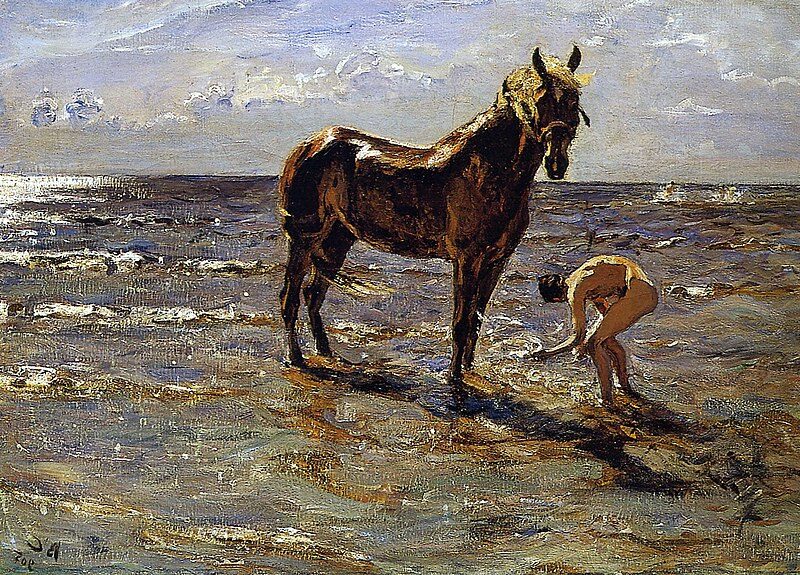
Bathing of a Horse, 1905, by Valentin Serov
After his father’s death, Serov began studying under Ilya Repin, one of Russia’s most celebrated realist painters. This mentorship proved formative for Serov’s artistic development.
In the early 1880s, Serov continued his education at the St. Petersburg Academy of Arts, where he refined his technical skills while developing his distinctive approach to portraiture and composition.
His formative years were marked by extensive study of European artistic traditions, but he maintained a distinctly Russian sensibility in his work.
Artistic Milestones
Serov achieved early recognition with his 1887 painting “Girl with Peaches,” which showcased his embrace of impressionist techniques while maintaining psychological depth. This work marked a turning point in Russian art.
During the 1890s, Serov established himself as the premier portrait artist in Russia. His portraits captured the psychological essence of his subjects while demonstrating technical mastery.
Serov’s artistic style evolved throughout his career, moving from impressionist influences toward Art Nouveau aesthetics. His later works often featured more simplified forms and bolder compositions.
He received numerous commissions from the Russian aristocracy and cultural elite, including members of the imperial family. These portraits remain important historical documents of pre-revolutionary Russian society.
Héritage et influence
Serov’s work represents a critical bridge between 19th-century Russian realism and modernist movements. His influence on subsequent generations of Russian artists was profound and long-lasting.
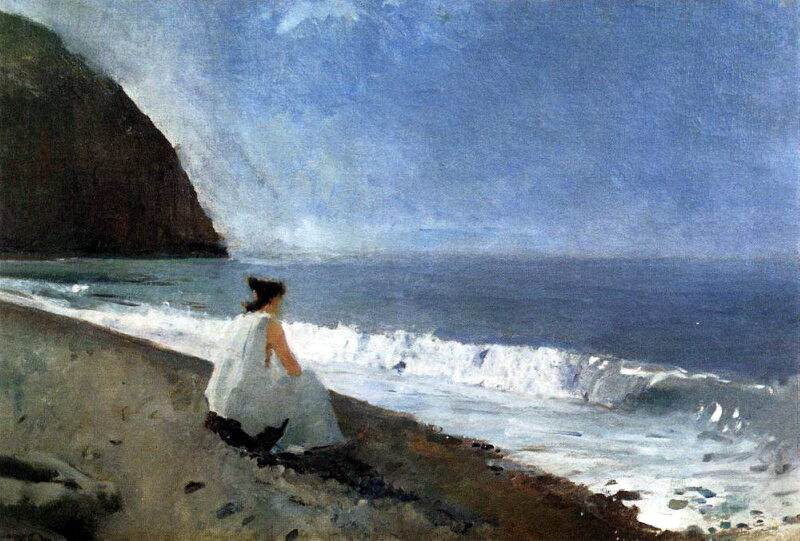
Iphigenia in Tauris, 1893, by Valentin Serov
As a teacher at the Moscow School of Painting, Sculpture and Architecture, Serov mentored numerous artists who would later shape Russian art in the early 20th century.
His commitment to artistic integrity was legendary. Serov famously resigned from the Academy of Arts in protest against government violence during the 1905 revolution, demonstrating his moral principles.
Though his career was cut short by his death in 1911, Serov’s artistic innovations helped establish a distinctly Russian modernist aesthetic that would influence cultural developments well into the Soviet period.
Style artistique et contribution
Valentin Serov developed a distinctive approche artistique that made him one of Russia’s most celebrated painters. His style evolved throughout his career, combining technical precision with profondeur émotionnelle that captured the essence of his subjects.
Transition from Religious to Realism
Serov’s artistic journey began with traditional religious art training at the St. Petersburg Academy of Arts. Under the guidance of his mentor Ilya Repin, he gradually shifted toward realism. This transition represented not just a stylistic choice, but a philosophical one.
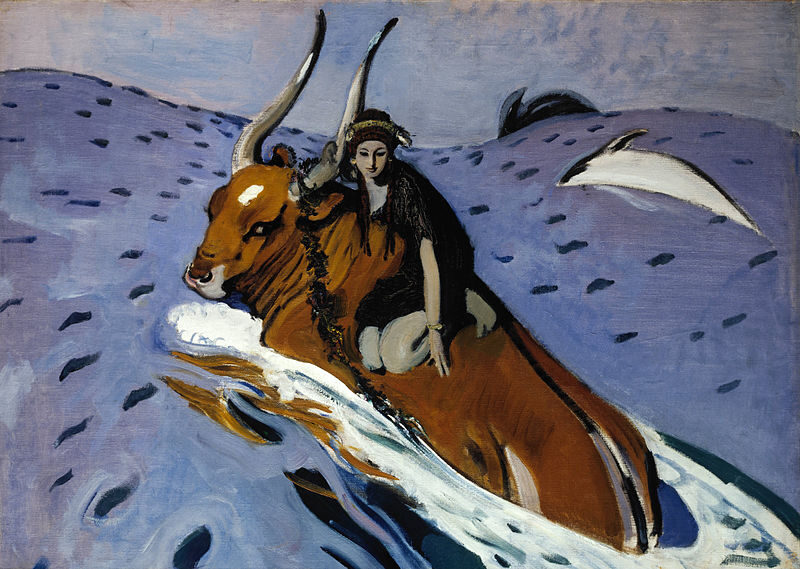
The Kidnapping of Europa, 1910, by Valentin Serov
By the 1880s, Serov had fully embraced realism, focusing on capturing authentic moments rather than idealized scenes. His painting “Girl with Peaches” (1887) exemplifies this shift. The work shows Vera Mamontova in natural light, engaged in an everyday moment.
Serov’s realist approach rejected artificial poses and theatrical settings. Instead, he painted his subjects in their natural environments, often using a subdued color palette that emphasized truthfulness over drama.
Emphasis on Vitality and Truthfulness
Serov’s portraits stand out for their remarkable sense of life and movement. He captured not just physical appearance, but the character and spirit of his subjects.
“I pursue one goal: to achieve in a portrait the freshness of impression and liveliness,” Serov once stated. This commitment to vitality defined his artistic philosophy.
His oil on canvas works often feature a unique luminosity. Serov achieved this effect through his mastery of light and his quick, decisive brushwork that preserved the spontaneity of the initial impression.
The painter refused to flatter his subjects artificially. Even when painting aristocracy and royalty, he maintained his commitment to truthfulness, which sometimes caused tension with clients but earned him respect among artists.
Exploration of Art Nouveau
In the late 1890s, Serov began incorporating elements of Art Nouveau into his works. This stylistic evolution showed his openness to contemporary European influences.
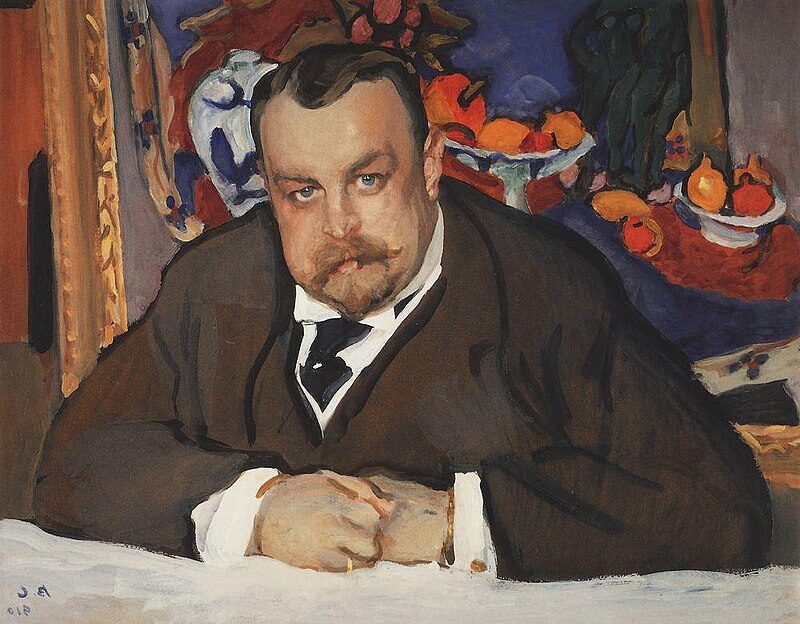
Portrait of Ivan Morozov, 1910, by Valentin Serov
His Art Nouveau period featured more decorative compositions with flowing lines and stylized forms. “Portrait of Princess Orlova” (1911) demonstrates this approach with its elegant curves and sophisticated color harmonies.
Serov experimented with different techniques during this period. He sometimes used tempera instead of oil, creating matte surfaces that enhanced the decorative quality of his paintings.
Despite embracing new styles, Serov maintained his fundamental commitment to representing his subjects authentically. This balance between innovation and tradition established him as a bridge between classical Russian painting and modernist movements.
Œuvres et expositions notables
Valentin Serov created masterpieces that captured Russia’s artistic evolution from the late 19th to early 20th century. His work gained recognition in prestigious galleries and exhibitions throughout his career.
Acclaimed Portraits
Serov’s most celebrated works include “The Girl with Peaches” (1887) and “The Girl Covered by the Sun” (1888), both housed in the Tretyakov Gallery. These portraits showcase his remarkable ability to capture light and shade, bringing his subjects to life with extraordinary realism.
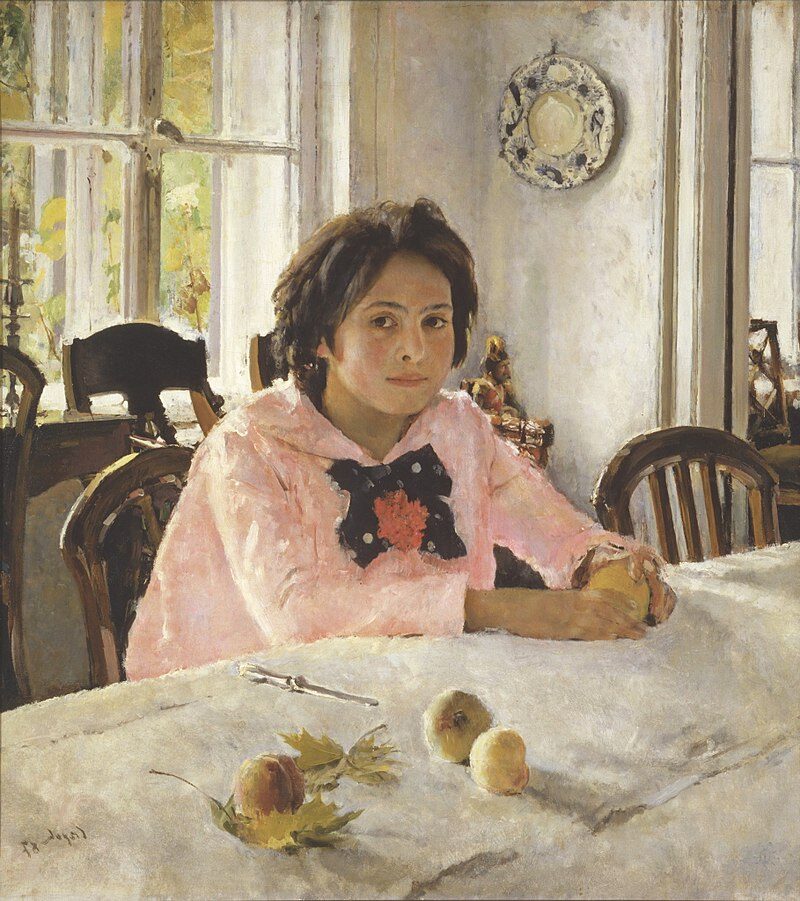
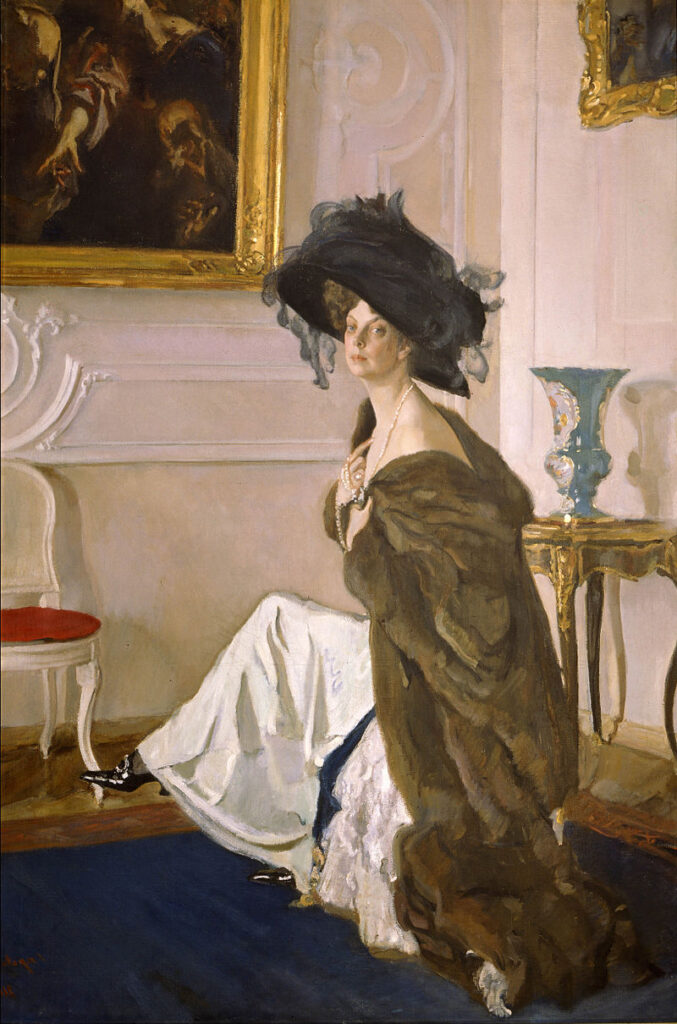
“The Girl with Peaches,” featuring Vera Mamontova, demonstrates Serov’s mastery of composition and observation. His portrait of “Maria Simonovich” (also known as “Girl in the Sunlight”) further established his reputation as a premier portrait painter.
Serov developed a distinctive approach to portraiture. He often created preliminary sketches to study his subjects thoroughly before completing the final oil painting.
His portrait of dancer Ida Rubinstein represents his later style, showing his artistic evolution and versatility.
Large-Scale Commissions
Beyond intimate portraits, Serov accepted significant commissions throughout his career. His technical skills and artistic vision made him sought-after for important projects.
He created monumental paintings that demonstrated his versatility beyond portraiture. Serov designed for theater productions and applied arts, showing remarkable range in his artistic output.
His landscape work, including “In Summer,” revealed his talent for capturing natural settings with the same keen observation he applied to human subjects.
Anatoly Lunacharsky, who later became a Soviet cultural official, recognized Serov’s exceptional ability to convey emotion and character in his commissioned works.
Memorable Exhibitions
Serov’s work appeared in prestigious exhibitions during his lifetime and continues to be celebrated today. The Department of Graphic Arts regularly displays his drawings from the 18th to early 20th centuries.
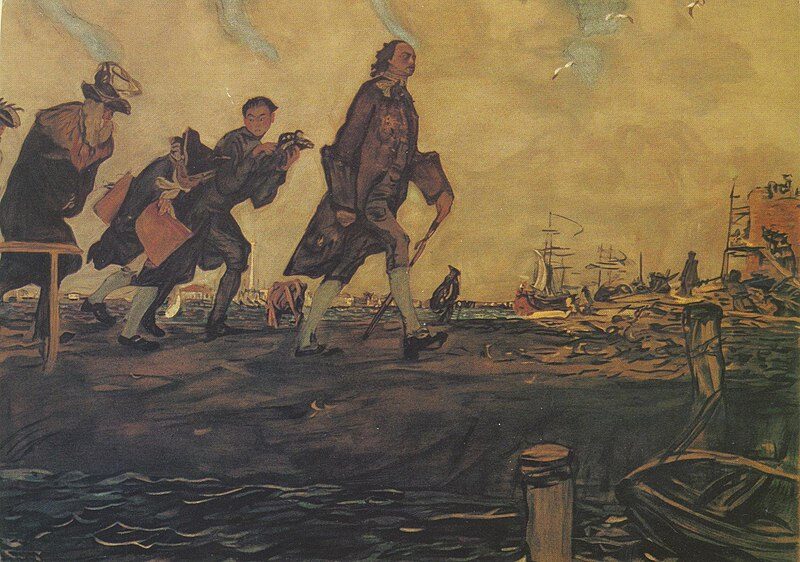
Peter I Walking Along the Embankment of St. Petersburg, 1907
Recent exhibitions like “The Magic of Watercolour” and “Depicting The Air” have featured Serov’s contributions to Russian artistic development. These shows highlight his technical skill across multiple mediums.
The Tretyakov Gallery maintains a significant collection of Serov’s paintings. This institution plays a crucial role in preserving his legacy for modern audiences.
Serov’s influence extends beyond his lifetime. Art historians consider him “a key figure in Russian art” and recognize him as “the most moving painter of the human face.”
Questions fréquemment posées
Valentin Serov was a remarkable Russian artist whose legacy continues to influence art appreciation today. His distinctive techniques, subject choices, and artistic development have sparked interest among art enthusiasts worldwide.
What artistic movement is Valentin Serov most commonly associated with?
Valentin Serov is most commonly associated with Russian Impressionism. He was a pioneer who helped introduce Impressionist techniques to Russian art in the late 19th century.
His style evolved throughout his career, beginning with more traditional academic approaches before incorporating Impressionist elements. Serov’s work also shows influences of Realism and Modernism in his later years.
Unlike French Impressionists, Serov maintained a strong commitment to precise draftsmanship alongside his exploration of light and color.
Can you describe the characteristics of Valentin Serov’s portrait paintings?
Serov’s portraits are renowned for their profondeur psychologique and ability to capture the essence of his subjects. He demanded numerous sittings—reportedly up to 90 sessions for some portraits—to truly understand his subjects.
His portraits feature meticulous attention to detail while still conveying spontaneity. Serov used a refined color palette and masterful handling of light to create lifelike representations.
The most distinctive aspect of Serov’s portraiture is his ability to reveal the inner character of his subjects through subtle facial expressions and posture.
What are some of Valentin Serov’s most famous works, and where can they be seen?
“Girl with Peaches” (1887) is perhaps Serov’s most celebrated work, a portrait of Vera Mamontova that captured the fresh spontaneity of youth. It is housed in the Tretyakov Gallery in Moscow.
“Portrait of Princess Orlova” and “Portrait of Ida Rubinstein” showcase his skill with aristocratic subjects and his evolving style. Many of his works can be found in major Russian museums, particularly the Tretyakov Gallery.
Other notable works include “The Children” (1899) and his portrait of Tsar Nicholas II, which demonstrate his versatility across different subjects.
How did Valentin Serov’s early life and education influence his artistic career?
Born in 1865 to talented parents—his father was a composer—Serov was exposed to creativity from an early age. After his father’s death, he studied under Ilya Repin, one of Russia’s foremost artists.
Serov later attended the St. Petersburg Academy of Arts, where he developed strong technical foundations. His travels throughout Europe exposed him to Impressionist techniques that would later influence his distinctive style.
These formative experiences created a unique blend of traditional Russian artistic values with more progressive European influences in his work.
What was Valentin Serov’s contribution to Russian art during his lifetime?
Serov revolutionized Russian portraiture by bringing psychological insight and technical innovation to the genre. He elevated portrait painting from mere representation to profound character studies.
As a teacher at the Moscow School of Painting, Sculpture and Architecture, he influenced a generation of younger Russian artists. His willingness to experiment with style and technique helped modernize Russian art.
Serov also served on the World of Art group, which sought to bring Russian art into conversation with international movements while preserving uniquely Russian elements.
How has Valentin Serov’s work been received and interpreted by art historians?
Art historians recognize Serov as a crucial bridge between traditional Russian art and modernist movements. His work is celebrated for its technical excellence and psychological insight.
Modern interpretations highlight how Serov captured Russia during a period of tremendous social and political change. His portraits of the aristocracy provide valuable historical documentation of pre-revolutionary Russian society.
Critics have noted that his ability to balance innovation with accessibility made him both popular with the public and respected by fellow artists during his lifetime and beyond.

